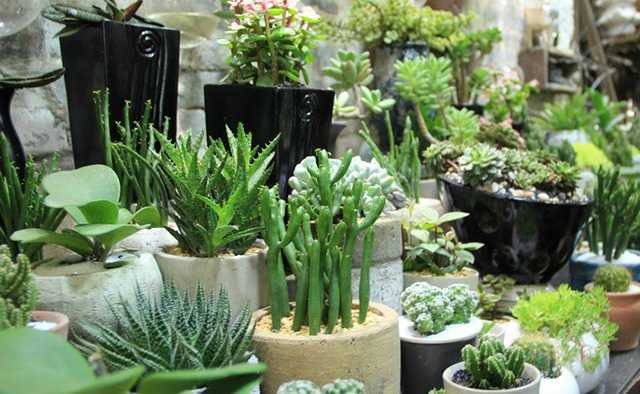maintenance method of Yuwei Aoi
one,
Sufficient light
fish -tail Aoi can grow strong under the bathing of the sun, but it is also afraid that it will be directly shot under the scorching sun. It is easy to burn the blades and gradually become yellow and wither.Placed in a balcony, doors and windows, etc., it has a certain negative resistance, so it can be kept in a cool place in summer.
two,
Loose soil
fish -tail sunflower needs to grow in loose soil, which can make its roots stretch better in the soil. If the soil is high fertile, good drainage, and slightly acidic, then the fishtail sunflower can grow lush.Generally use garden, leaves, and river sand according to3
The
2
The
1
The proportional mixed matrix should also be used as the bottom Fertilizer with Organic fertilizer.
three,
Water and Fertilizer management
When raising this problem, you usually need to water the plants with a watering pot to keep the soil moist at all times. In summer, spray water on the leaves to increase the moisture of the air, and then grow strong in the spring and autumn seasons.At this time, you can apply thin liquid Fertilizer once in half a month, so as to help plant growth.
Four,
winter warmth
fish -tail sunflower is generally drought -resistant and drought -resistant, generally it is best to grow25
~
30
At the temperature, when the temperature is lower than
10
fish -tail Aoi will enter the dormant period and stop it from growing. At this time, the temperature can be maintained
10
Scene, don't make the temperature lower than
5
It is easy to frostbite.
fish
Tail Aoi Breeding Method
one,
Best reproduction time
fish -tailed sunflower is generally breed in spring.
two,
Growth humidity requirements
It is necessary to keep the high air humidity around the plant frequently.In summer, spray water on the leaves and ground to increase the humidity of the air.The leaves should be kept clean in winter, and the leaves can be often sprayed with less water or scrubbing the leaves.
three,
Breeding method
Sowing methodThe
Most of the seeds used in sowing and reproduction are mostly imported from abroad, and it is difficult to pick up mature seeds in China.Sowing commonly used pots, covering soil thickness as seeds1
Be more, keep the pot soil moist, and the seedlings are high
8-10
When centimeters, you can divide it.Division methodThe
Generally, it is combined in spring.Choose a lot of plants, remove some old culture soil, and divide it from the base connection with a sharp knife.2
Cluster
;;
Each clump should not be too small, there must be
2-3
The plant and keep the root system, otherwise the growth will grow slowly and affect the viewing.The high temperature environment is placed in a separate rear, and water is sprayed frequently to resume growth.
precautions for Fishflower Breeding
one,
Fertilizer
It should be buried a little deeper when planting, so as to benefit the new buds to absorb Fertilizer and grow vigorously.5-6
Month, every time
1-2
Weekly Fertilizer water
1
Second-rate.Fertilizer is better to Compound fertilizer; stop fertilizing after late autumn.
two,
Watering points
Watering should be grasped
"
Dry and wet
"
The principle of the growth period should be paid to timely watering to keep the pot soil moist. When the summer growth is strong, it must be poured a day
2
Water; control watering after late autumn and rainy days.
three,
Pruning essential
Tour in winter, and in winter, when the plants enter the dormant or semi -dormant period, it is necessary to cut off the thin, diseased insects, dead, and dense branches.
Four,
Pot soil replacement
Everywhere2-3
Changing in early spring for pots
1
Second, Lao Li can be separated
3-4
Annual pots
1
Second-rate.After the pot is changed, it should be placed in a place where the semi -yin and high air humidity should be cut.
five,
Diseases and insect prevention
When the spring is coming, there may be a pilem harm due to poor ventilation, which is availablePesticide
Spray control, leaves and roots must be sprayed.If you can always maintain good ventilation, Sanwei Aoi will not be prone to whitefly.


